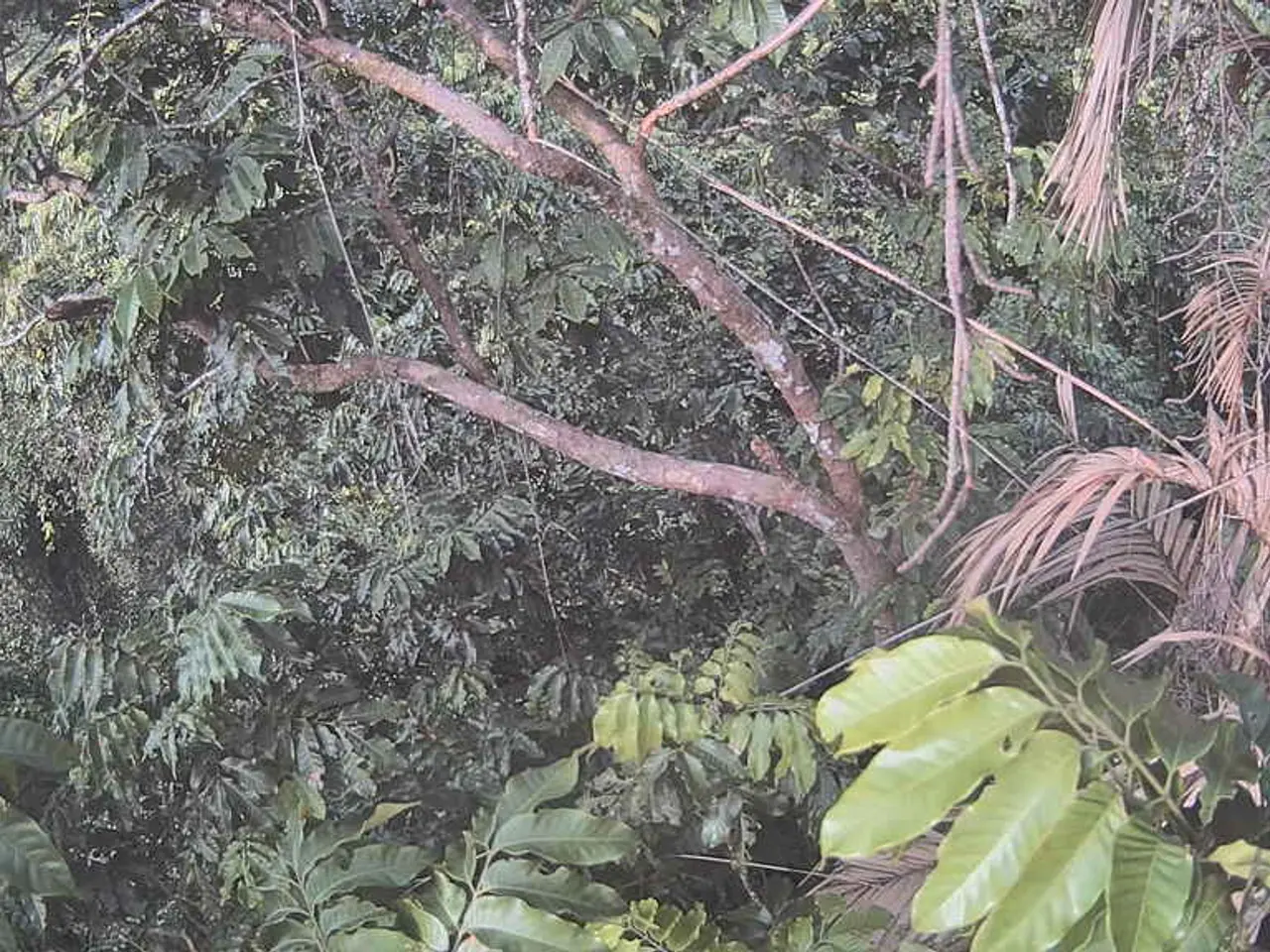Preserve mangrove habitats to secure our future
Kenya Makes Significant Strides in Mangrove Restoration and Management
The National Mangrove Management Committee (NMMC) in Kenya, in partnership with the Global Mangrove Alliance (GMA), has spearheaded notable progress in restoring and managing mangrove ecosystems along the Kenyan coast.
The collaborative effort has resulted in the planting of 1.6 million mangrove seedlings, restoring 8,361 hectares of mangrove forests – tripling Kenya’s annual restoration target. This progress is a testament to the strong collaboration between national and county governments, Kenya Forest Service, community groups, and other stakeholders, all working under the framework of the National Mangrove Ecosystem Management Plan (2017–2027).
The partnership has led to the development and launch of strategic documents such as the Lamu County Mangrove Harvesting Plan, Mangrove Nursery Establishment Manual, and Mangrove Management and Restoration Plan. These documents aim to standardize and guide conservation efforts.
Community involvement has been enhanced through initiatives like issuing beehives, supporting mushroom cultivation, and training local communities to generate income through nature-based enterprises linked to mangrove conservation.
Monitoring and reporting mechanisms have been strengthened by consolidating County Mangrove Management Committee reports into the NMMC, enabling better evaluation and coordinated action at the national level.
Empowering women and youth in restoration initiatives has been a key focus, as it creates dignified livelihoods and sustains conservation efforts over time.
The NMMC-GMA partnership has successfully mobilized collective action, integrating ecological restoration with community empowerment and livelihood development. This holistic approach advances Kenya’s goals under the 15 Billion Tree Growing Programme and the UN Decade on Ecosystem Restoration, ensuring both environmental sustainability and socio-economic benefits derived from healthy mangrove ecosystems.
The GMA-Kenya Chapter partnership, through its initiative The Mangrove Breakthrough, aims to safeguard over 15 million hectares of mangroves by 2030, backed by $4 billion in sustainable finance. Community forest associations, youth groups, and women-led initiatives are being empowered to take active roles in mangrove restoration.
Public awareness campaigns are shifting perceptions about the value of mangroves as life-sustaining ecosystems. Mangrove restoration is seen as a pathway to climate resilience, food security, and economic empowerment for Kenya's coastal communities.
As we observe the International Day for the Conservation of the Mangrove Ecosystem today, it is clear that Kenya's work offers a model for integrated, inclusive, and science-informed mangrove management. The theme for this year's day is "Protecting Wetlands for our future".
The journey ahead requires continued dedication, but the foundation has been laid, and the momentum is growing. By protecting its mangrove ecosystems, Kenya is contributing to global climate goals and securing a more resilient future for its people. The GMA leads a movement to halt mangrove loss, double protection, and restore 50% of the world's degraded mangroves by 2030.
Mangroves, unique ecosystems that thrive at the intersection of land and sea, forming forests along tropical and subtropical coastlines, play a vital role in Kenya. They protect shorelines from erosion, support marine biodiversity, act as carbon sinks, and provide food, income, and cultural heritage to millions.
[1] Source: National Mangrove Management Committee [2] Source: Global Mangrove Alliance [3] Source: 15 Billion Tree Programme [4] Source: UN Decade on Ecosystem Restoration
- The collaboration between the National Mangrove Management Committee (NMMC) and the Global Mangrove Alliance (GMA) has recognized the importance of mangrove ecosystems in Kenya, including their role in climate change mitigation as carbon sinks.
- In pursuing sustainable living, the Lamu County Mangrove Harvesting Plan and other strategic documents developed by the NMMC aim to promote environmental-science-based mangrove conservation that can also contribute to the lifestyle and home-and-garden sectors through nature-based enterprises.
- By embracing sustainable-living initiatives that focus on lifestyle, home-and-garden, and the economy, the GMA-Kenya Chapter partnership, such as The Mangrove Breakthrough, is aiming to raise significant funds for mangrove restoration within the climate change context.
- As part of their efforts to address climate change and promote a sustainable lifestyle, Kenya's national and county governments, along with various stakeholders, are fostering environmental-science research and implementing practices that emphasize the health benefits of a thriving mangrove environment for the coastal population.




